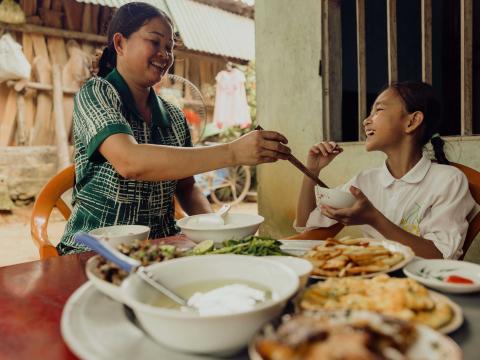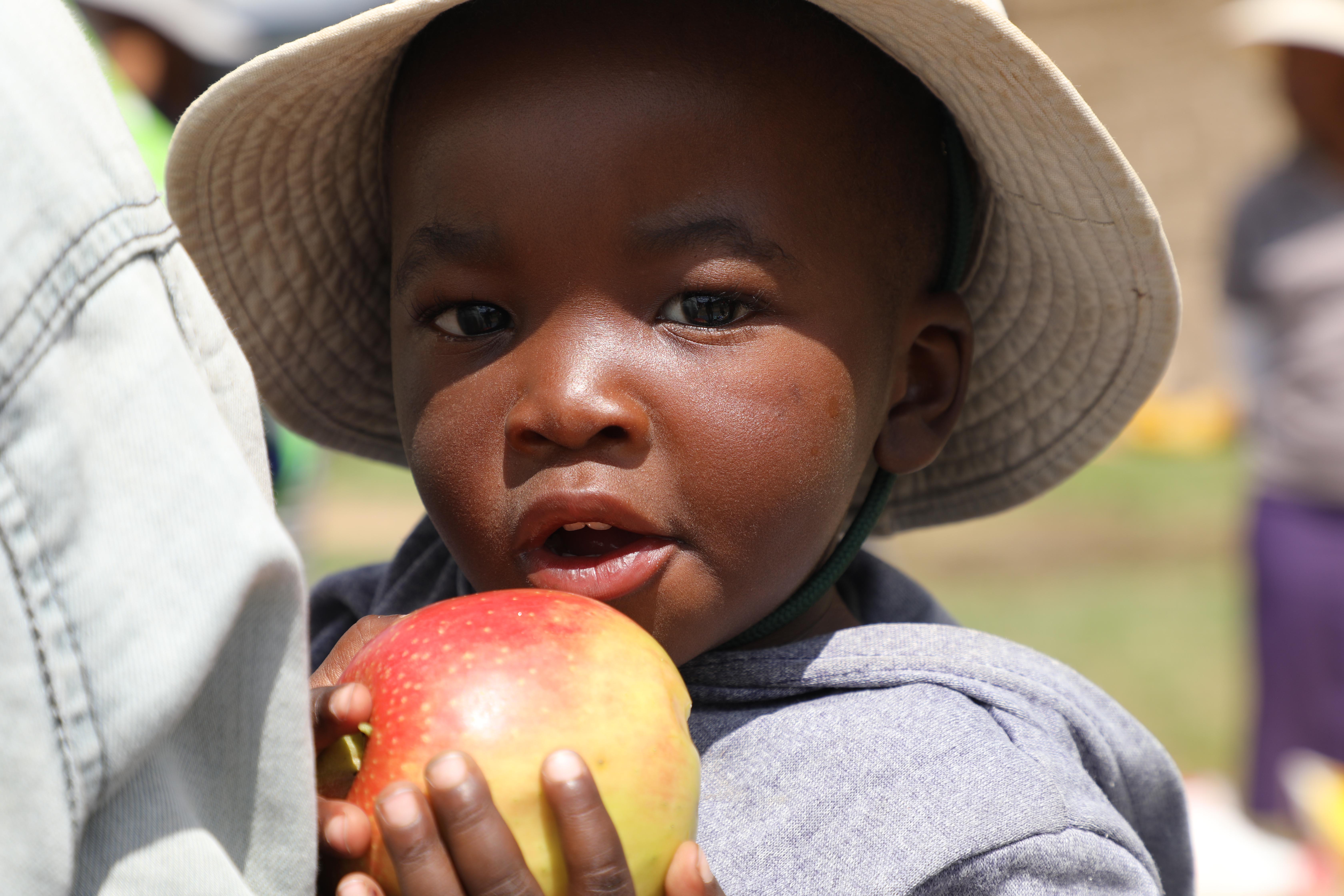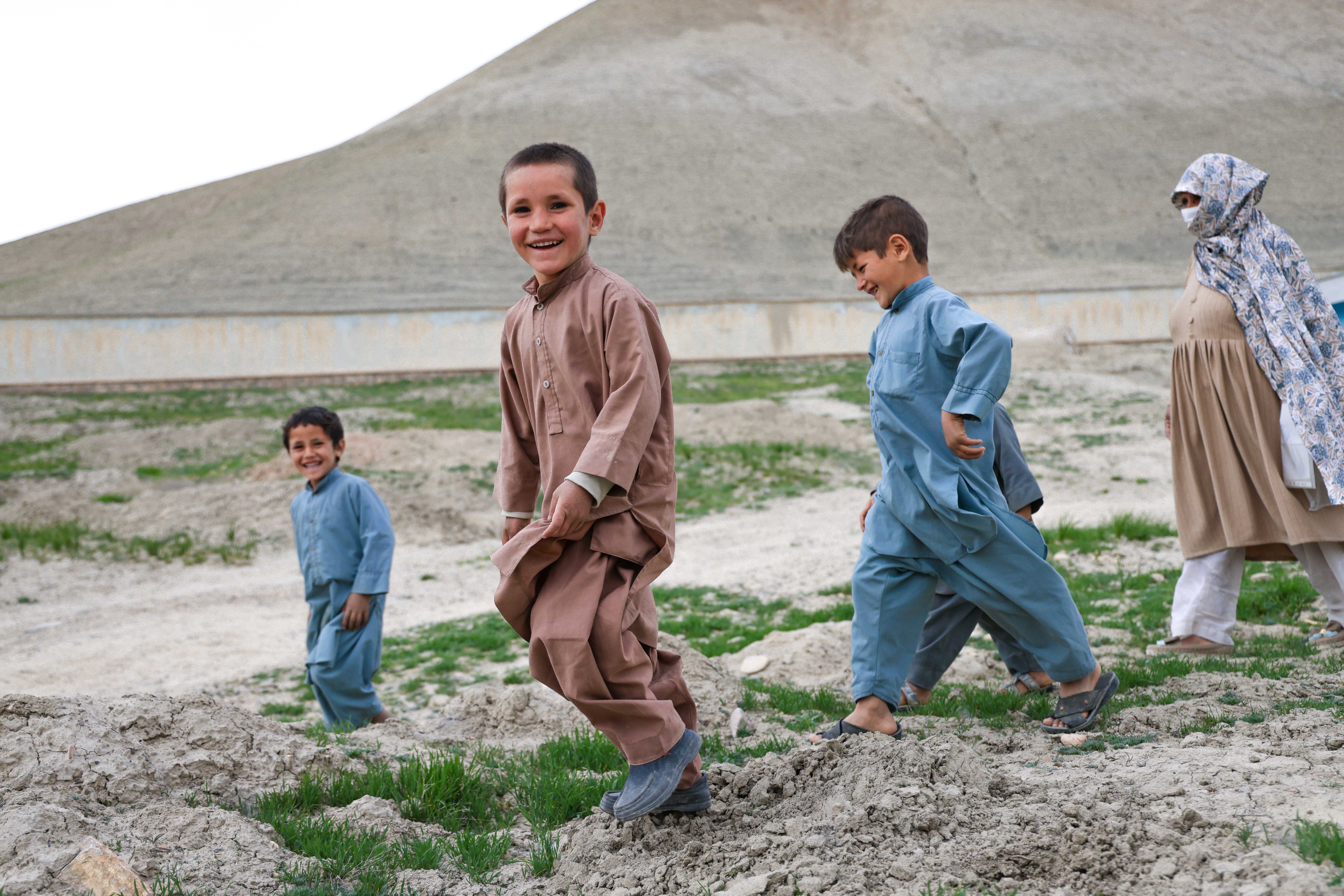Redefining Humanitarian Impact: World Vision’s Integrated Approach to Child Protection and Food Security

In humanitarian crises, food security is often treated as a standalone goal. But World Vision is helping shift that paradigm — proving that protecting children must be central to how we feed, recover, and rebuild. Together with the Child Protection Area of Responsibility, the Alliance for Child Protection in Humanitarian Action, Plan International, and the Food Security Cluster, World Vision is setting a new standard: one where child well-being is not an afterthought, but a core outcome of humanitarian response.
Why Integration Matters
Food insecurity doesn’t just mean empty stomachs — it increases children's exposure to violence, neglect, and exploitation. Recognising this, World Vision has made the integration of Child Protection (CP) and Food Security (FS) a strategic priority across its humanitarian programming.
“Integration of child protection and safeguarding measures in all that we do is not just a good thing — it is a necessity without which there cannot be quality programming.” — WV DRC Field Staff
This approach reflects World Vision’s brand promise: to ensure every child experiences life in all its fullness, even in the most fragile contexts.
From Global Leadership to Field Innovation
World Vision’s journey builds on the pioneering work of Plan International and global clusters, who developed the first inter-agency toolbox for CP-FS integration. As the largest WFP implementing partner and a child-focused organisation, World Vision brought field-tested insights from pilots in Afghanistan, Somalia, Ethiopia, and the DRC.
These pilots didn’t just validate the integration model — they helped shape global guidance. Plan International even documented World Vision’s child-sensitive Post-Distribution Monitoring (PDM) tool as a best practice, now influencing how agencies assess and respond to protection risks in food assistance.
Evidence That Integration Works
World Vision’s pilots show that cash and food assistance alone aren’t enough. When paired with parental support and protection services, they lead to more resilient households and safer environments for children.
- Ethiopia: Families receiving both cash and parenting support reported improved food security and household stability.
- Afghanistan: 64–93% of caregivers said they were less likely to send children to work after receiving integrated cash support.
- Somalia: Integration led to a tenfold increase in CP funding — 10 times more — through strategic partnerships with WFP.
These results reflect World Vision’s brand principle of being responsive and evidence-driven, always adapting to meet the real needs of children and communities.

Child-Centred Innovation in Action
Across its pilot countries, World Vision operationalized integration through practical, child-focused innovations:
- Joint risk assessments and shared referral pathways between FS and CP teams.
- Revised PDM tools that capture the voices of children and women — not just household heads.
- Cash for Protection programs that address both economic and psychosocial needs.
- Behavioural change interventions that replaced harmful practices with respectful engagement.
“The integrated approach has changed how we plan and act — we now see children not just as beneficiaries but as rights-holders we must protect.” — WV Somalia Staff
Scaling What Works
World Vision’s experience shows that integration delivers better results and greater efficiency. Key enablers for scale include:
- Dedicated CP and Gender staff within FS programmes — tripling technical capacity in Somalia.
- Multi-year funding.
- Systematic use of PDM data to inform joint action plans.
- Enhanced coordination with UNHCR, UNICEF, and national clusters.
These efforts reflect World Vision’s commitment to collaboration and sustainability, ensuring long-term impact for children.
Global Influence and the Road Ahead
World Vision’s leadership has catalysed sector-wide momentum. Through joint technical workshops and contributions to the inter-agency toolbox, WV is helping shape the future of humanitarian programming.
Next steps include:
- Scaling integrated approaches across more countries.
- Supporting governments to embed CP-FS integration in national disaster frameworks.
- Partnering with donors on flexible, multi-year funding models that sustain protection and resilience outcomes.
We invite partners, donors, and governments to join in embedding child protection into every food security and cash programme. Together, we can build humanitarian systems that not only save lives — but protect futures.
Food security feeds families; protection secures futures. Integration does both.